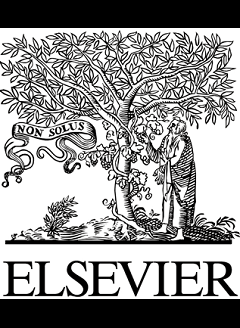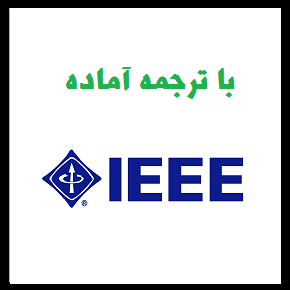دانلود رایگان مقاله سرمایه سازمان و مشوق های عملکرد اجرایی – سال 2021


مشخصات مقاله:
عنوان فارسی مقاله:
سرمایه سازمان و مشوق های عملکرد اجرایی
عنوان انگلیسی مقاله:
Organization capital and executive performance incentives
کلمات کلیدی مقاله:
سرمایه سازمان؛ حساسیت پرداخت اجرایی برای عملکرد
مناسب برای رشته های دانشگاهی زیر:
مدیریت
مناسب برای گرایش های دانشگاهی زیر:
مدیریت اجرایی، مدیریت استراتژیک
وضعیت مقاله انگلیسی و ترجمه:
مقاله انگلیسی را میتوانید به صورت رایگان با فرمت PDF با کلیک بر روی دکمه آبی، دانلود نمایید. برای ثبت سفارش ترجمه نیز روی دکلمه قرمز رنگ کلیک نمایید. سفارش ترجمه نیازمند زمان بوده و ترجمه این مقاله آماده نمیباشد و پس از اتمام ترجمه، فایل ورد تایپ شده قابل دانلود خواهد بود.
فهرست مطالب:
Abstract
Keywords
JEL Classifications
1. Introduction
2. Hypothesis development
3. Sample and variable construction
3.1. Measuring organization capital
3.2. Measuring executive performance incentives
3.3. Sample and summary statistics
4. The substitution effect of organization capital on executive performance incentives
5. Identification
5.1. Instrumental-variable approach
5.2. Quasi-natural experiment
6. Implication for shareholder wealth
7. Conclusion
CRediT authorship contribution statement
Appendix B. Supplementary materials
Appendix
References
قسمتی از مقاله انگلیسی:
1. Introduction
This paper examines the cross-sectional relationship between firms’ organization capital (OC) and executive performance incentives. Our analysis reveals a robust and significant substitution effect of OC on executive pay-for-performance sensitivity (PPS). OC is the agglomeration of firm proprietary knowledge, business processes and systems that facilitates the match between labor and physical production facilities, and allows firms to use economic resources more efficiently. 1 Competitors cannot easily imitate a firm’s OC because it is proprietary and tailor-made to the specific characteristics of an organization (Prescott and Visscher, 1980). A growing body of literature explores the role of OC in business production, firm performance, and corporate policies. For example, Atkeson and Kehoe (2005) estimate that cash flows from OC account for more than 30% of the cash flows from physical capital. Lev and Radhakrishnan (2005) and Lev, Radhakrishnan, and Zhang (2009) confirm that OC is an important determinant of operating performance and firm value. Eisfeldt and Papanikolaou (2013) show that firms with greater OC have higher future stock returns and that greater OC renders the firm’s cash flow to shareholders riskier (and thus shareholders demand a higher risk premium). Li, Qiu, and Shen (2018) find that acquirers with superior OC achieve better deal performance and more synergy gains because high OC acquirers can, post integration, extract greater value from a more efficient matching of the original physical assets and the human resources of the target firm.



